Tonga Radar Project: Democratization of Weather Radars
The Tonga Radar Project successfully deployed a solar-powered C-band radar in just 70 days, overcoming significant logistical and environmental challenges.
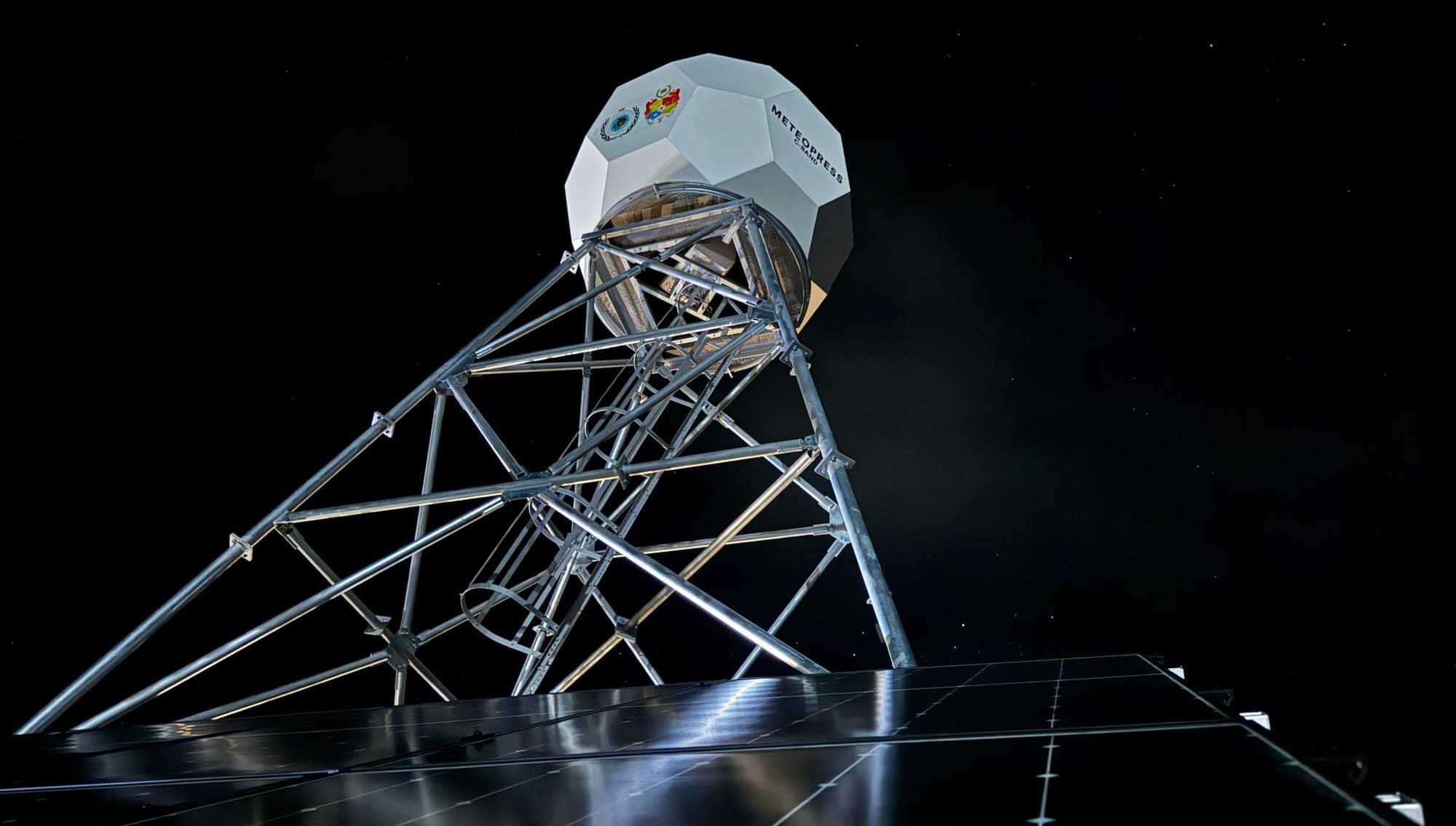
Challenges of building radars in remote, low infrastructure locations
A pilot Solid State radar project in the pacific island of Tonga paves the way to finally provide Pacific islands with the badly needed radar coverage. A different approach was needed because traditional radars require local infrastructure, which is not often available. Big focus is given to sustainability. That is why a C-band Solar Powered Solid State radar was selected.

The Pacific is a region where weather radar coverage is sparse or none. Conventional tube radar approaches do not work here. Not only because of the insufficient resources - budget, electricity, construction capabilities, but mainly because of sustainability. The radars must continue to work without significant investment past the maintenance contract.
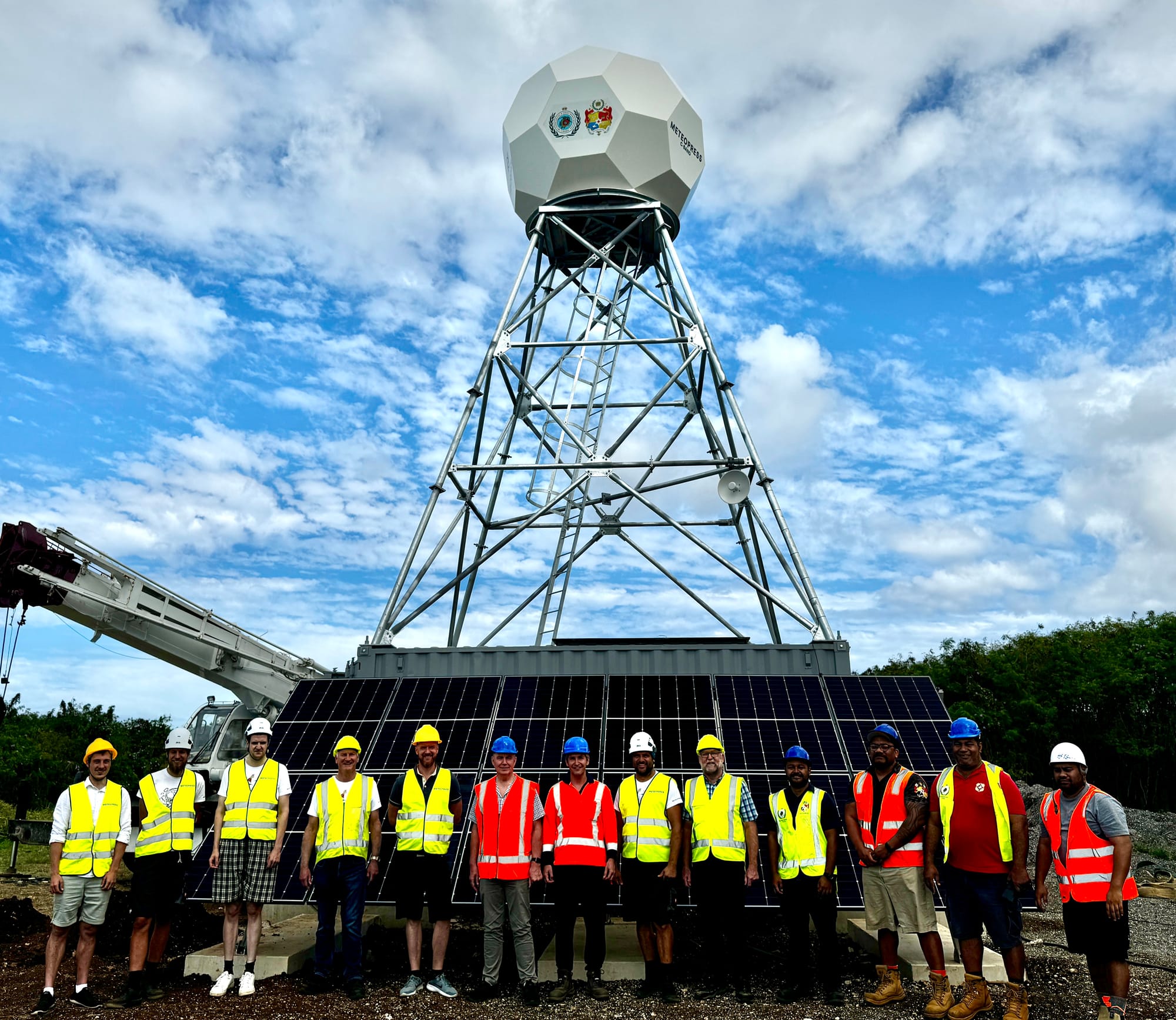
Doing good better
When identifying how best to help advance severe weather warnings anywhere in the world, the best is to listen to the locals. They know exactly what they need. In the 2023 meeting of a Pacific Meteorological Council in Fiji, Ofa Fa'anunu, Director of Meteorology at Tonga Meteorological Services has identified weather radar as the number one infrastructure need in the region.

The time is also running out, the Pacific region needs the radars right now. Traditional approach will, again, not work here. Rapid manufacturing, immediate delivery and fast deployment are crucial aspects of these projects.
Current project contract for a first radar in Tonga was signed in May 2024 with New Zealand the donor party. End customer selected a full-package turn-key solution. Meteopress supplied the Solid State C-band radar, 10m lattice tower, advanced AI-REN software and last mile delivery in the form of a website display for the public.
The entire radar system was tightly packaged in a way that it could be expressly transported by air freight. Air freight included the tower, which was designed in short segments, so it can be transported by air. This allowed cutting the transportation time from five months to mere three weeks. The deployment of a complete system took another two weeks and was performed in July 2024.
The complete radar project time is 70 days from contract signature to a complete radar deployment.
In an industry where the average radar project typically spans 2-5 years, achieving such a rapid timeline is hard to believe. Reducing this to just a few months requires close collaboration, trust, and unwavering drive from all key players. This accomplishment showcases the potential and possibilities within the industry.
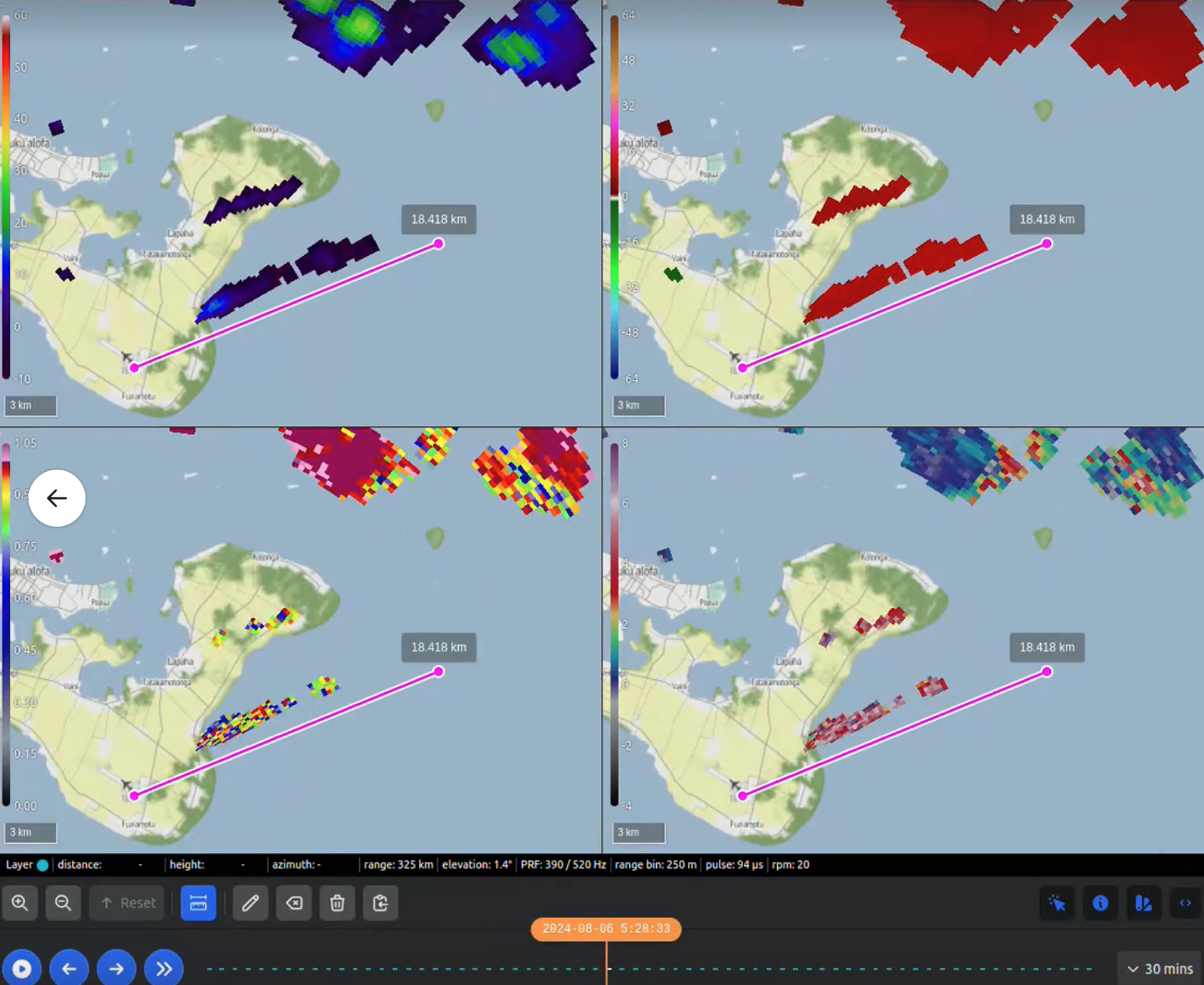
Sustainability is the mantra
Installing the radar is one thing, but how do you ensure the sustainability of a radar project for 15-20 years? Many developing regions are littered with non-functional tube-based radars. Often, maintenance contracts expire, spare parts become prohibitively expensive, and the expertise to keep the radar operational disappears.
First of all, the radar's design must allow for remote control, fixes, and upgrades. Meteopress addresses this need with its unique ReProBox - Remote Protection Box. The ReProBox's sole task is to access, check, and communicate with every radar component. The entire Meteopress radar system is software-based, meaning all components have firmware and can be reached and managed remotely by the ReProBox. This design ensures that the radar remains functional and up-to-date, even in remote locations.
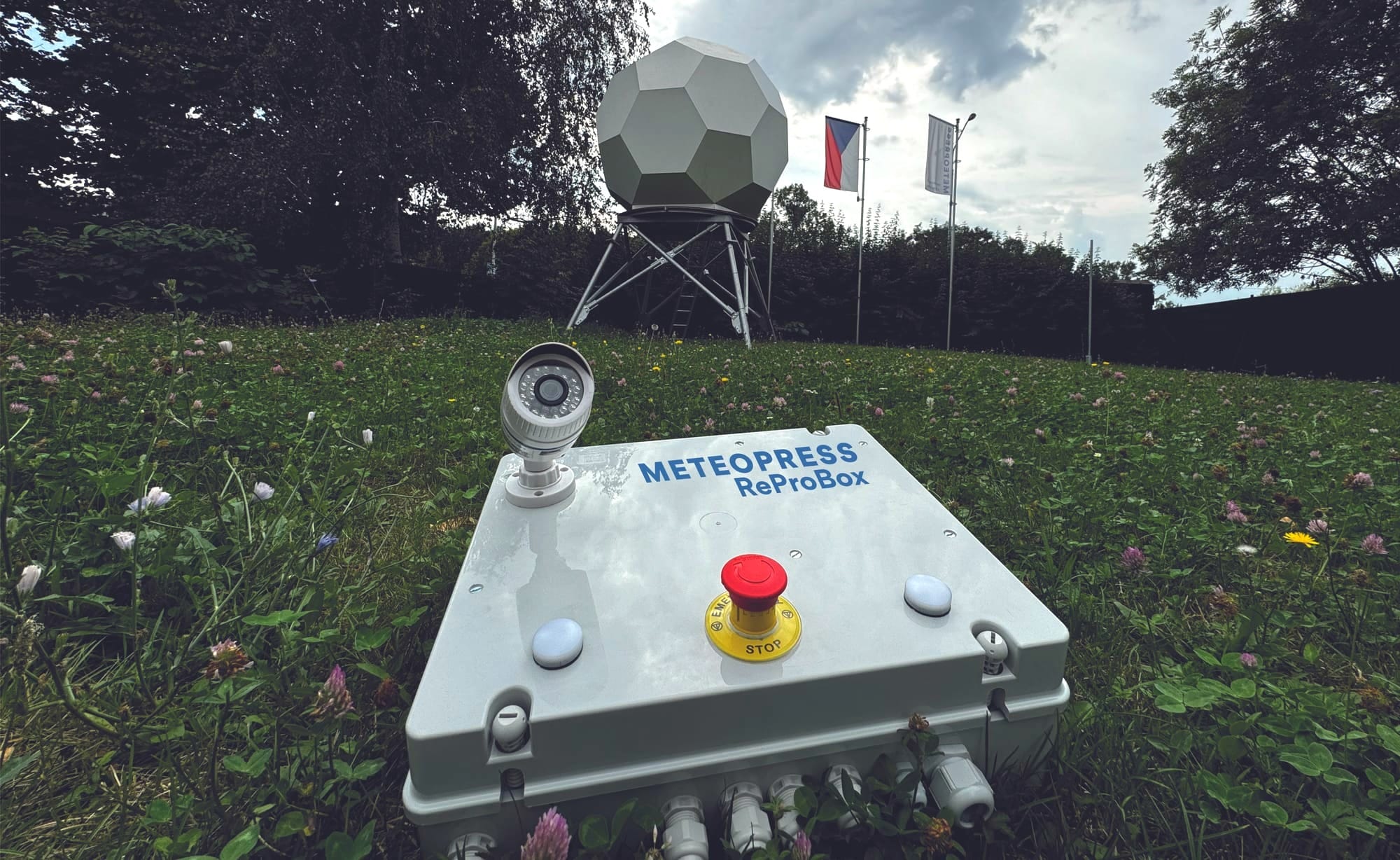
The device also features an independent backup battery and communication system, ensuring it can reach the radar at any given moment, even if the radar itself loses power or communication. This capability allows for real-time monitoring of every component's status. More importantly, it enables remote upgrades and firmware fixes for the components. This functionality allows the team to perform both preventative and corrective maintenance remotely, resulting in unparalleled availability and reliability of radar data.
Remote “Island” solution
One of the standout features of Meteopress radars is their ability to run fully independently from local infrastructure. These radars boast ultra-low power consumption, with less than 1 kW needed for a 1-degree beam width C-band radar. This efficiency means that powering the radar with just a few solar panels is feasible, making it ideal for remote or underdeveloped areas where reliable power sources are scarce.
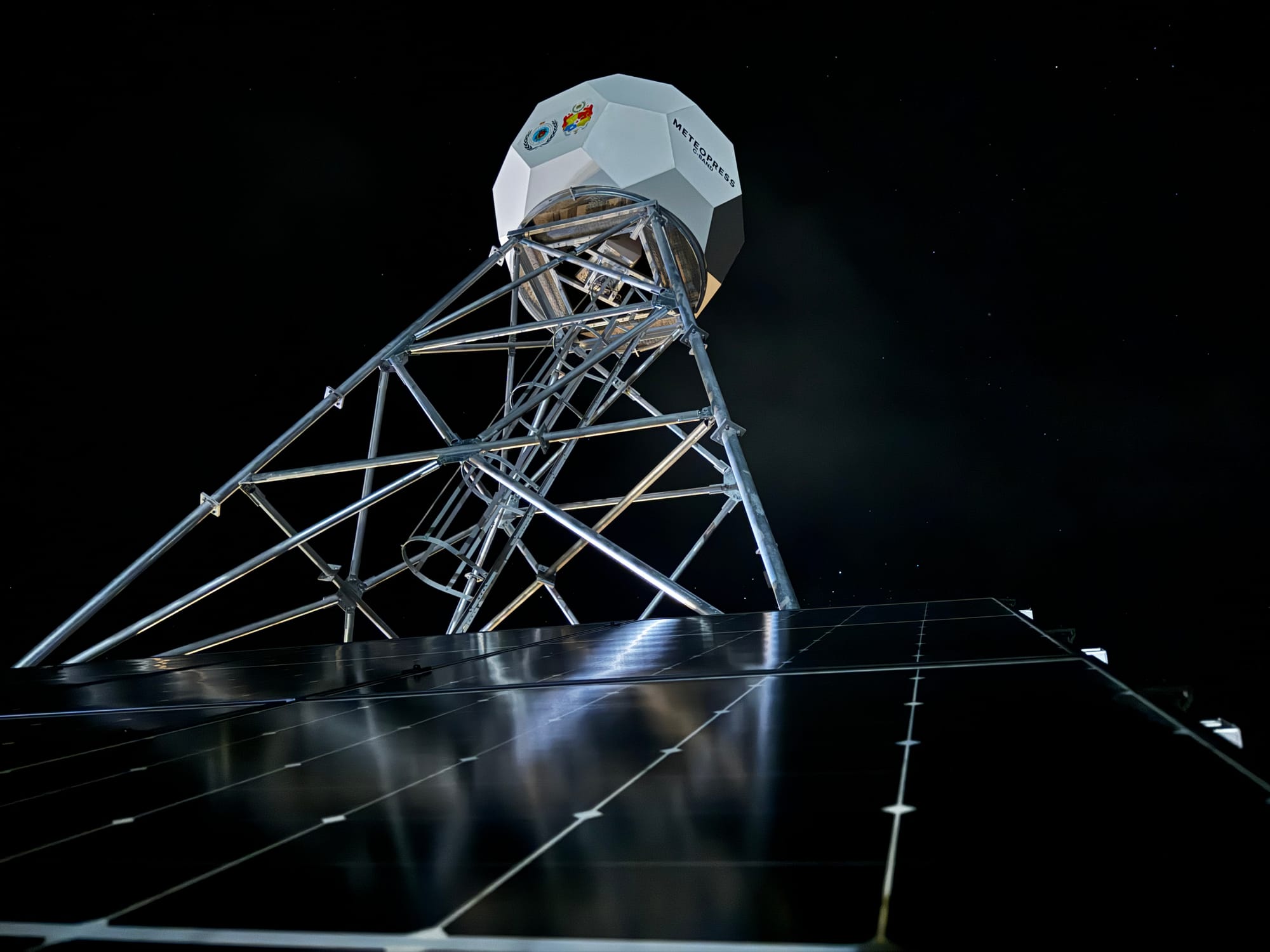
Furthermore, Meteopress radars perform signal processing directly on the radar pedestal. This innovation optimizes the data stream, allowing for efficient use of GSM or Starlink communication systems. By minimizing dependence on local power grids and leveraging advanced communication technologies, Meteopress ensures continuous and reliable radar operation regardless of the local infrastructure. This independence not only enhances the radar's versatility but also significantly reduces operational costs, making it a sustainable and cost-effective solution for diverse environments.
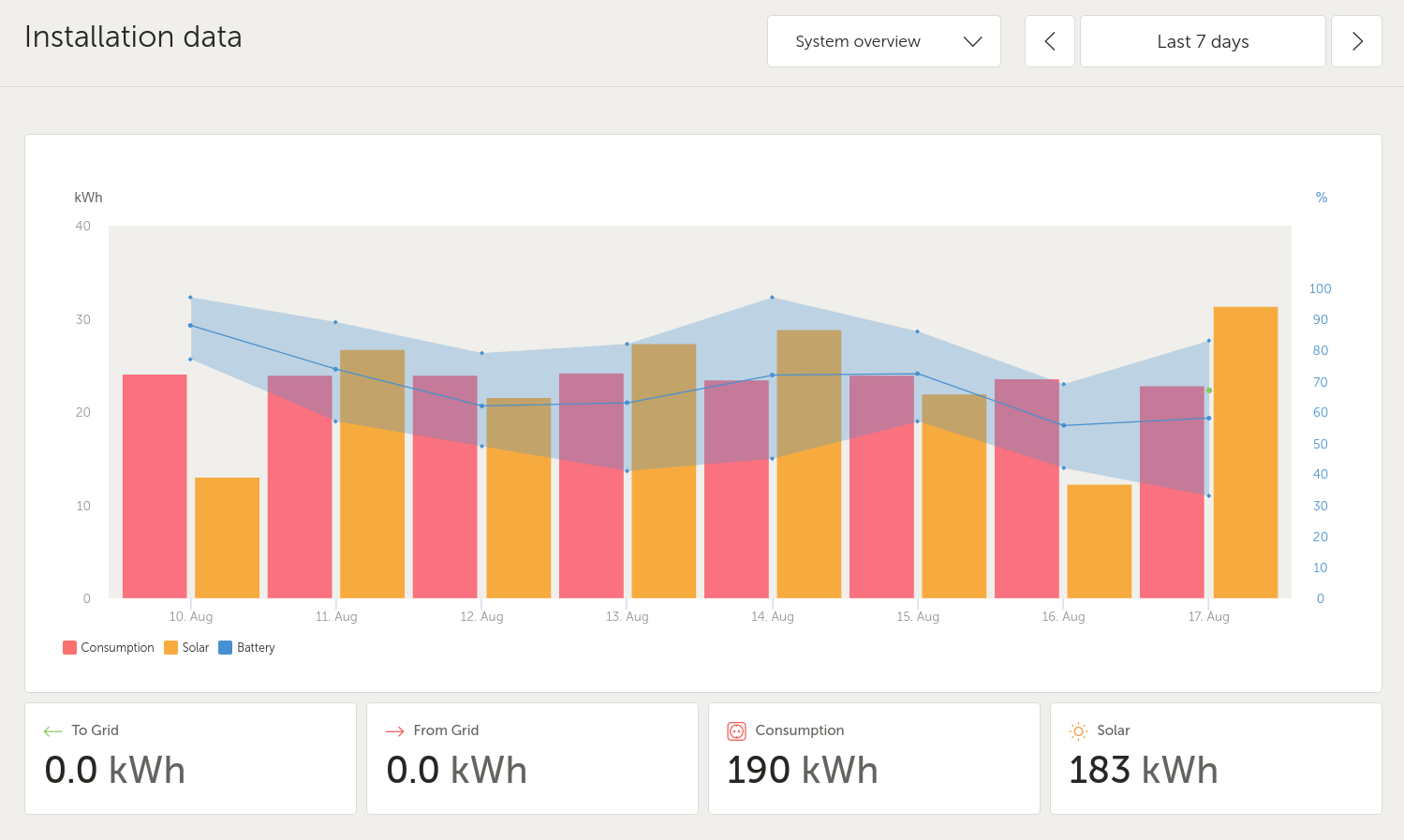
Design for simplicity
The simplicity of design, availability of spare parts, and remote support through any available communication, including WhatsApp, empower local teams to maintain and repair the radar. This means that a basically skilled, non-specialized technician—literally a hotel maintenance person—can perform both corrective and preventative maintenance on the radar.
This approach significantly lowers operational costs, increases the radar's uptime, and extends its overall lifespan. By making maintenance accessible and straightforward, Meteopress ensures that even in remote or underdeveloped areas, the radar can continue to function reliably without the need for highly specialized personnel. This democratization of maintenance not only makes radar technology more sustainable but also empowers local communities to take control of their weather monitoring capabilities.

You should lose weight
The overall radar design is crucial to many aspects of its performance and efficiency. Ideally, the center of the antenna should be aligned with the center of the pedestal's rotation. This detail is often overlooked, with antennas commonly attached to the pedestal by their end side. Such a configuration occupies unnecessary space and requires additional counterweights, increasing the size and weight of the radome and the entire system.
Meteopress addresses this by positioning the antenna at the center of the radome and the center of rotation. This design reduces the radome's size by more than 30%, significantly lowers the weight of the radome and pedestal assembly, and subsequently reduces the type and size of the tower required. These improvements have a direct impact on lowering the overall cost of the radar project.
Fully integrated
A complete rethink of all weather radar components has allowed us to integrate the entire radar chain, including the transmitter, receiver, and signal processing unit, into the pedestal. Meteopress C-band and S-band radars are the only ones on the market that completely eliminate the need for additional structures below or near the tower. The entire radar system is housed within the radome, leading to significant cost savings.
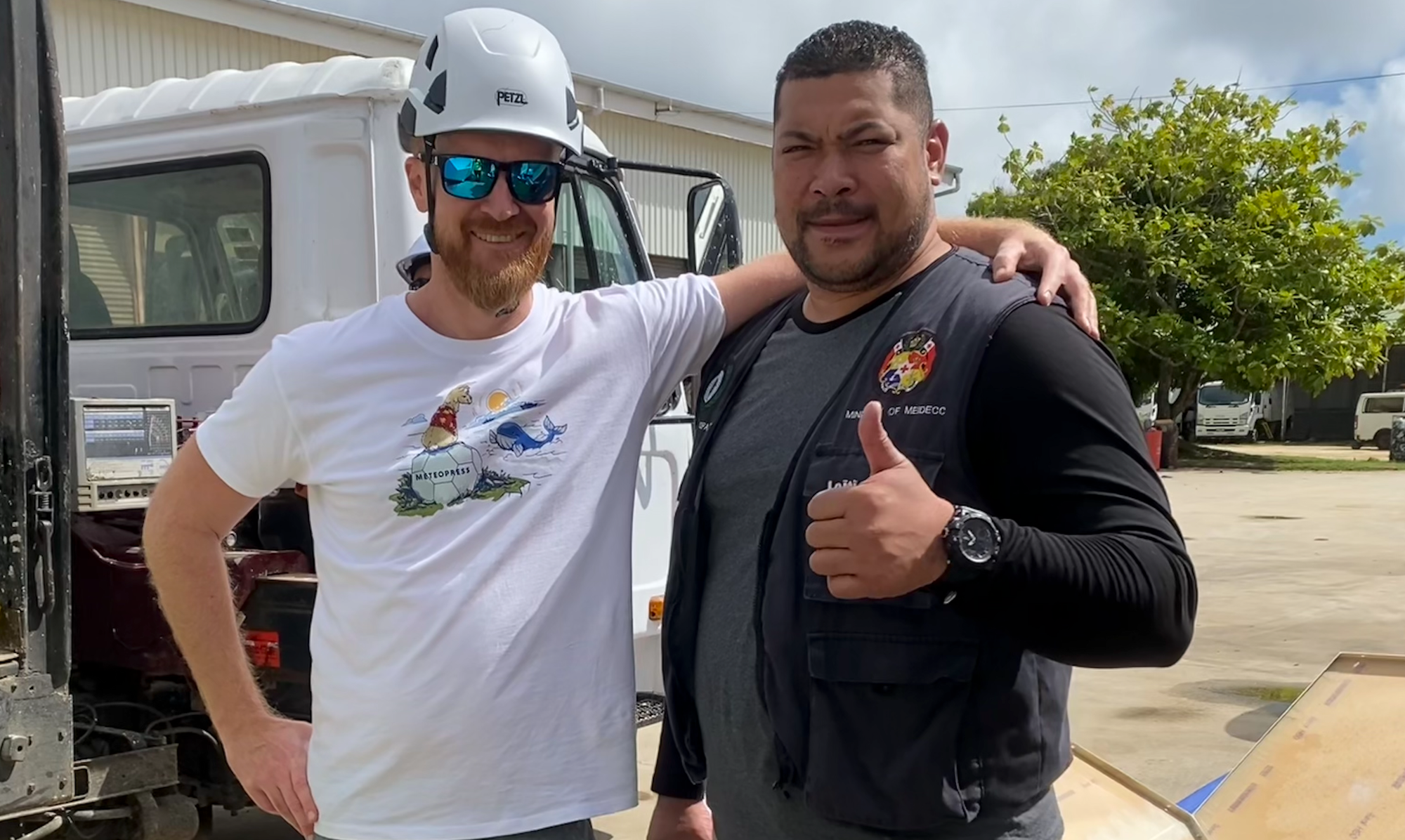
But the benefits don't stop there. Throughout our journey navigating various radar tenders that call for tube radars, we discovered that by eliminating lengthy waveguides and rotary joints up and down the tower, we not only save on costs but also preserve precious power. Traditional assemblies inevitably lose power through these fragile components, but our design gains as much as 3-4 dBi, effectively doubling the radar's power. This innovation not only enhances performance but also reduces the complexity and maintenance requirements, ensuring more efficient and reliable operation over the radar's lifespan.
AI AI Captain!
A key component of the Tonga project is also AI-REN Radar Enhancing and Nowcasting software. This advanced AI-driven software is designed to provide more precise and timely weather data, significantly enhancing the accuracy of forecasts and warnings. AI-REN leverages machine learning algorithms and real-time data analysis to improve the detection and prediction of severe weather events.
The AI-REN software ensures good interpretation and full use of the radar data generated, especially for customers lacking direct experience with live data. By utilizing high-quality radar data, AI-REN creates detailed weather models that predict weather patterns with remarkable precision, providing critical lead time for emergency response and risk mitigation.
One of the standout features of AI-REN is its ability to continuously learn and adapt, refining its algorithms to deliver progressively better performance. Its user-friendly interface offers customizable dashboards and real-time alerts, making advanced weather prediction accessible to both experienced meteorologists and non-specialized personnel.
Level 3 products and AI capabilities help interpret data and generate more precise warnings, enhancing safety and preparedness across various sectors. By harnessing the power of artificial intelligence, Meteopress AI-REN provides more accurate, timely, and actionable weather data, ultimately helping to protect lives and property from the impacts of severe weather.

Conclusion
The Tonga radar project was far from simple. Despite the challenging environment and complex logistics, the team successfully completed the deployment. The data collected from the radar are invaluable, addressing one of the largest radar data gaps in the world. Thanks to all the involved parties for their trust, hard work, and dedication. This achievement proves that it can be done—so let's do more.